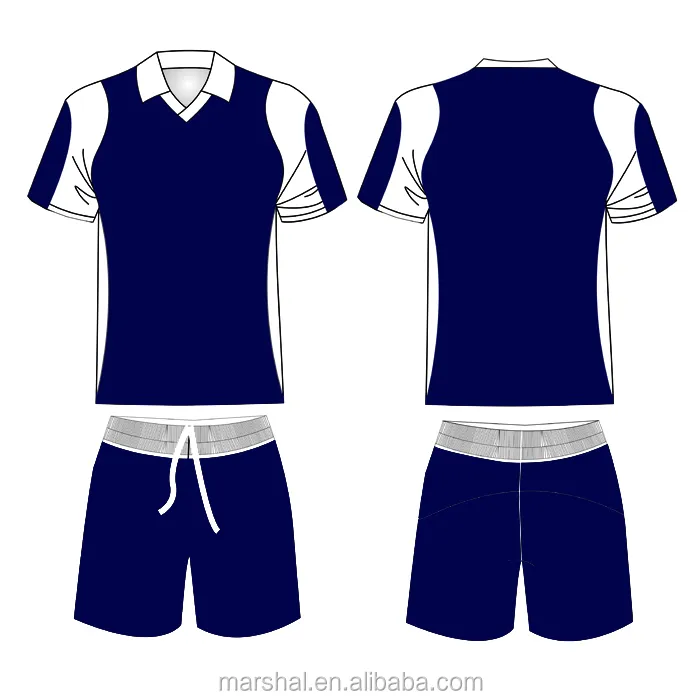
cheap football kits apparel has changed dramatically since its early days in the 1800s. There was a time when teams didn’t even wear matching shirts – they simply showed up in what they had available and kept track of teammates by face instead of by number. Through the decades, the ideas of football uniform designs have undergone several distinct changes. Patterns, colors, and fabrics have also seen dramatic changes since the earliest days of the sport. The original ragtag mob of football players has evolved into the polished, high-tech fashions of today.
The Early Days
When football apparel first began to be organized and developed, it was a pretty practical affair. Players were expected to purchase their own kits, so the materials were relatively inexpensive, and there was no real uniform look between different teams. The creative diversity of today’s football kits are direct descendants of this early period when the uniform qualified as long as each team had a distinct look. Bright colors were used so that teams could quickly identify one another across the large pitch, and the vertical stripe pattern that was so common was mainly to differentiate football teams from the horizontal stripes of rugby teams.
Post-War Woes
After World War II, European football teams did not have the resources to create new football apparel. Rationing during and after the war meant that fabric was scarce, so the teams worked with the materials they could come up with. Some teams wore cast offs from other sports – including sets of rugby shirts that were sometimes donated. Sometimes a philanthropic football fan would outfit his favorite team in relatively new gear that he bought and had made himself. Eventually the economy of Western Europe improved, and football teams could afford to outfit themselves in their own unique styles once again.
The Mid-20th Century
Football apparel went through some large shifts once manmade synthetic materials became available. One of the most noticeable differences was that players began to wear their names across their back shoulders, above the numbers. The flexibility of these new materials meant that football shirt designers could create almost any color combination and pattern they could think of – and the shirts were less expensive. The 1960s and 70s were a minimalist time, so football kits were usually made from one solid color for the shirt, shorts, and socks.
Today’s Trends
During the 1980s to the present day, football apparel has increased the number of complex colors and designs that are in use. Computer-themed designs are very popular. Some of the newest designs make it seem that the players are wearing armor. Some team shirts have patterns that aren’t based on color, but are based on the gloss or matte effect of the material. Commercialization has also changed the designs of many football shirts. Sponsor logos are very common these days, with some teams wearing the names of their sponsors in large letters across their chests. Other teams tend toward a more conservative sponsor display, incorporating the sponsor logo into their traditional shirt designs.